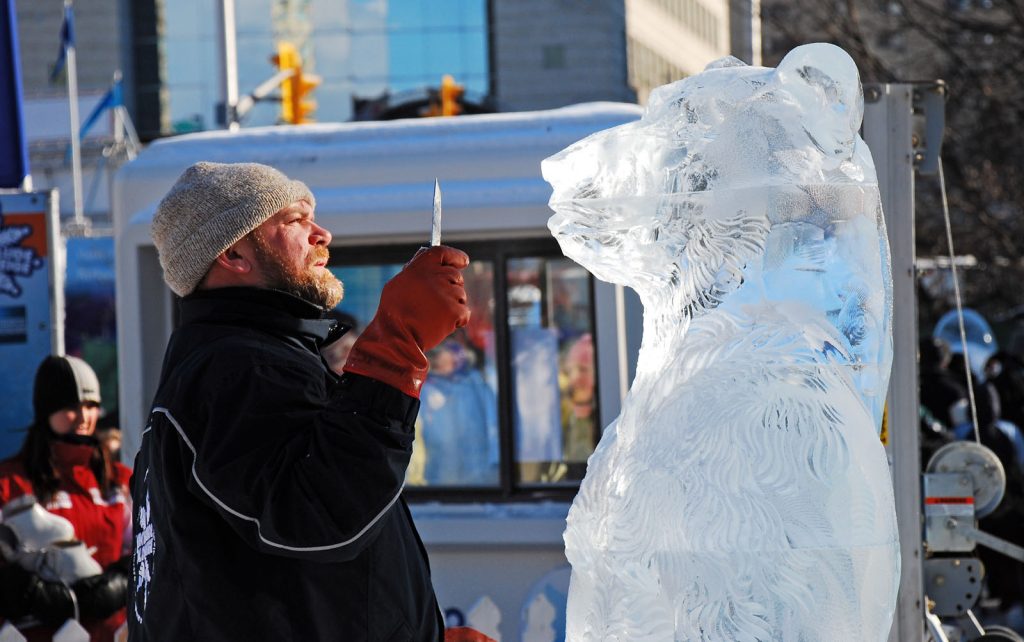Programs and Facilities
A diversity of venues such as studios, cultural centres, galleries and theatres, and access to diverse and affordable arts and recreation programs, are foundations for a vibrant arts and culture sector.
Public Participation
Participation in arts, culture and recreation includes both direct engagement in artistic or athletic endeavours, and appreciation of the visual and performance art and sports activities of others, whether amateur or professional. Research indicates correlations between participation, and individual and societal health.
Arts and Recreation Economy
Arts, culture and recreation do not account for a significant proportion of jobs, and employment income in the sector is notoriously low. But its full economic impact goes well beyond direct employment and income. A strong cultural scene helps attract, retain and fuel a creative workforce. It also stimulates other elements of the economy, in particular the hospitality sector.
Investment in the Arts
Municipal, provincial and federal governments invest in arts and culture through grants to artists and arts organizations, as well as through operational and capital funding. They may also subsidize access to the arts. Governments fund the arts for a range of reasons related to both the economic spin-offs from such investments, and the broader societal benefits. Government investment can be crucial to enabling artists and arts organizations to leverage income from other sources.





